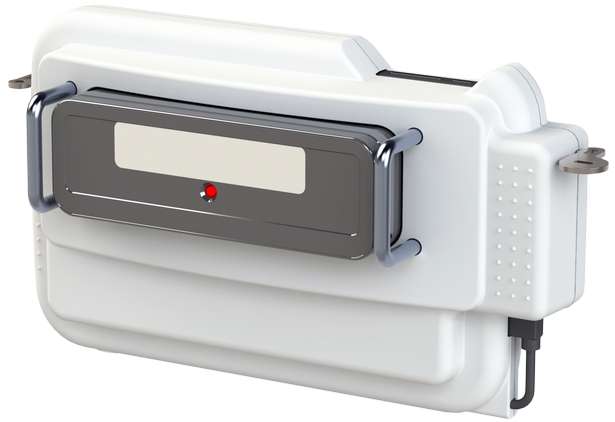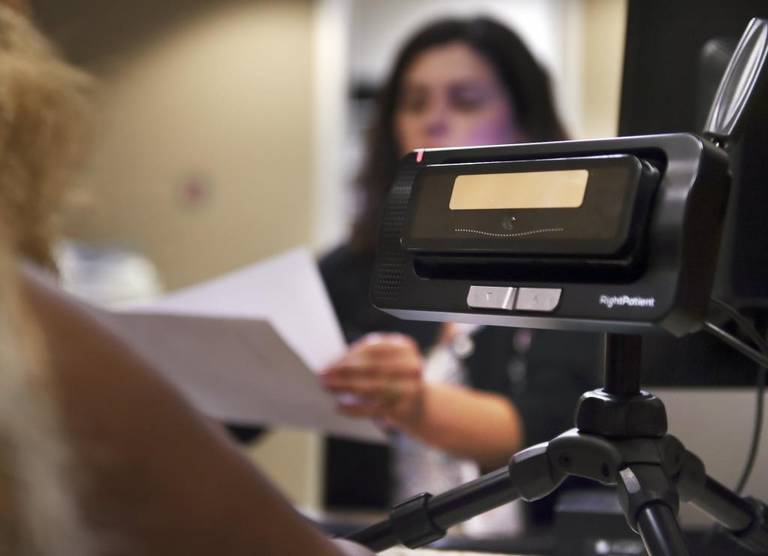Patient identification errors are the most common EHR generated issues

According to a recent survey, patient identification errors are the most common problems caused by EHRs; thus, jeopardizing patient safety and causing a rise in patient harm. This phenomenon is not unexpected, as there have been numerous cases, studies, and research stating the exact thing – patient identification errors cost organizations greatly.

Researchers who conducted this study did so with the claims submitted to official databases regarding EHR systems, and with this data, they detected the most frequent errors which cause patient harm and are directly related to EHRs.
According to the researchers, the information they found while carrying out the study was meaningful as it provided enough evidence to the fact that the usage of EHR systems has negative consequences. Also, the complaints they found showed that in extreme cases, EHRs could be correlated to severe consequences for patients, sometimes even resulting in deaths.
According to the study, 31% of claims consisted of medication errors, and the same number was found for claims regarding treatment complications. This can be traced back to patient identification errors – they are provided with wrong treatment plans or wrong medications thanks to either duplicate records or mix-ups. Another finding was that the number of errors occurring in outpatient facilities was higher than those occurring in inpatient services.
Another interesting fact is that in the study, these errors occurred due to human mistakes more than the errors caused by the system – 63% were user errors, while the rest were system related issues. Problems caused by the systems refer to several things like the general interface of the EHR, which can be clunky and unintuitive. For instance, there were numerous reports of physicians not being able to access the information on time which caused delays in treatment procedures. Human errors can range from creating duplicate records, as the hospital staff could not find the accurate medical record and created a new, redundant one, to misidentifying a patient and causing record mix-ups. In any case, regardless of the errors being caused by humans or the system itself, patient misidentifications are extremely dangerous and pose a threat to all individuals who are on the receiving end of healthcare services. This statement is supported by another fact – 80% of these EHR related errors caused severe patient safety issues. However, the researchers believed that the inpatient cases were more likely to be fatal when compared to the outpatient ones, citing that outpatient patients arrive with minor ailments in the first place, thus, are less likely to be harmed.
In the concluding part of the study, the researchers said that patient safety could be severely jeopardized at any healthcare setting and circumstance, especially if the patients are misidentified – only adding more complexities to deal with. Lack of interoperability, design issues, unintuitive systems, and lack of alarms over duplicate records only contribute to more errors.
So, how are health systems dealing with these patient misidentification issues generated by EHRs? Most of them are struggling with it. EHRs were introduced in the ‘90s and were made with the vision to go paperless and completely digital, improving the patient experience. While EHRs did accomplish some of those goals, it gave birth to duplicate records, mix-ups, and with no data standardization or interoperability, there seems to be no escape from this. Thanks to studies like these, this overlooked issue has grabbed the attention of most of the leading health systems of the US, and many are now clamoring for a solution or a unified patient identification system. While the latter is still far away from happening, the former is already available. Over one hundred health systems are using RightPatient – a biometric patient identification solution. It focuses on iris scanning to make sure that identification is hygienic (non-contact), quick, accurate, and easy to use; patients only need to look at the camera, and they are identified. The users are reporting promising results, like increased patient safety, enhanced patient experience, and reduced losses which previously occurred due to misidentifications and denied claims, creating a favorable environment and a win-win situation for all.









Leave a Reply
Want to join the discussion?Feel free to contribute!